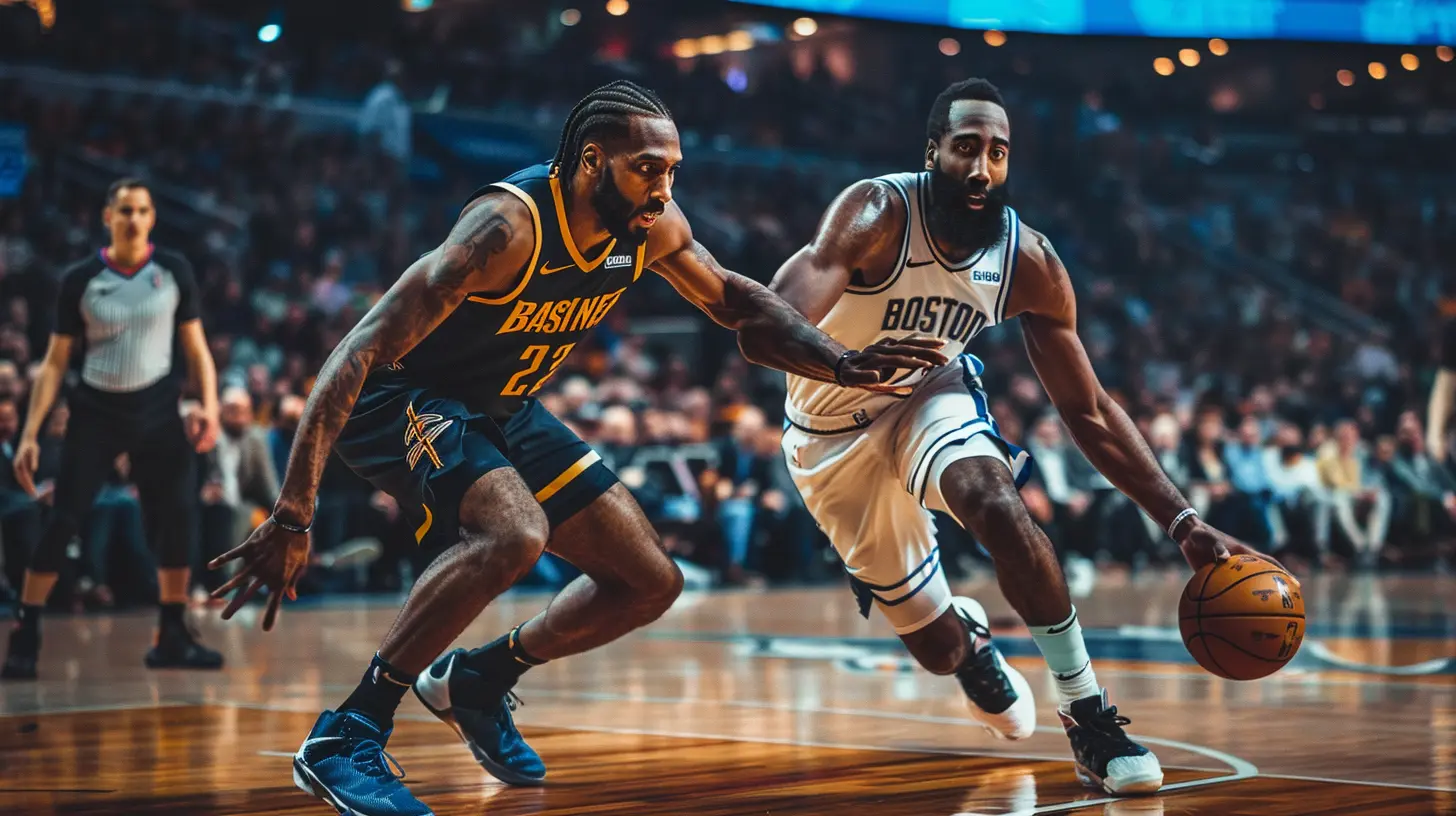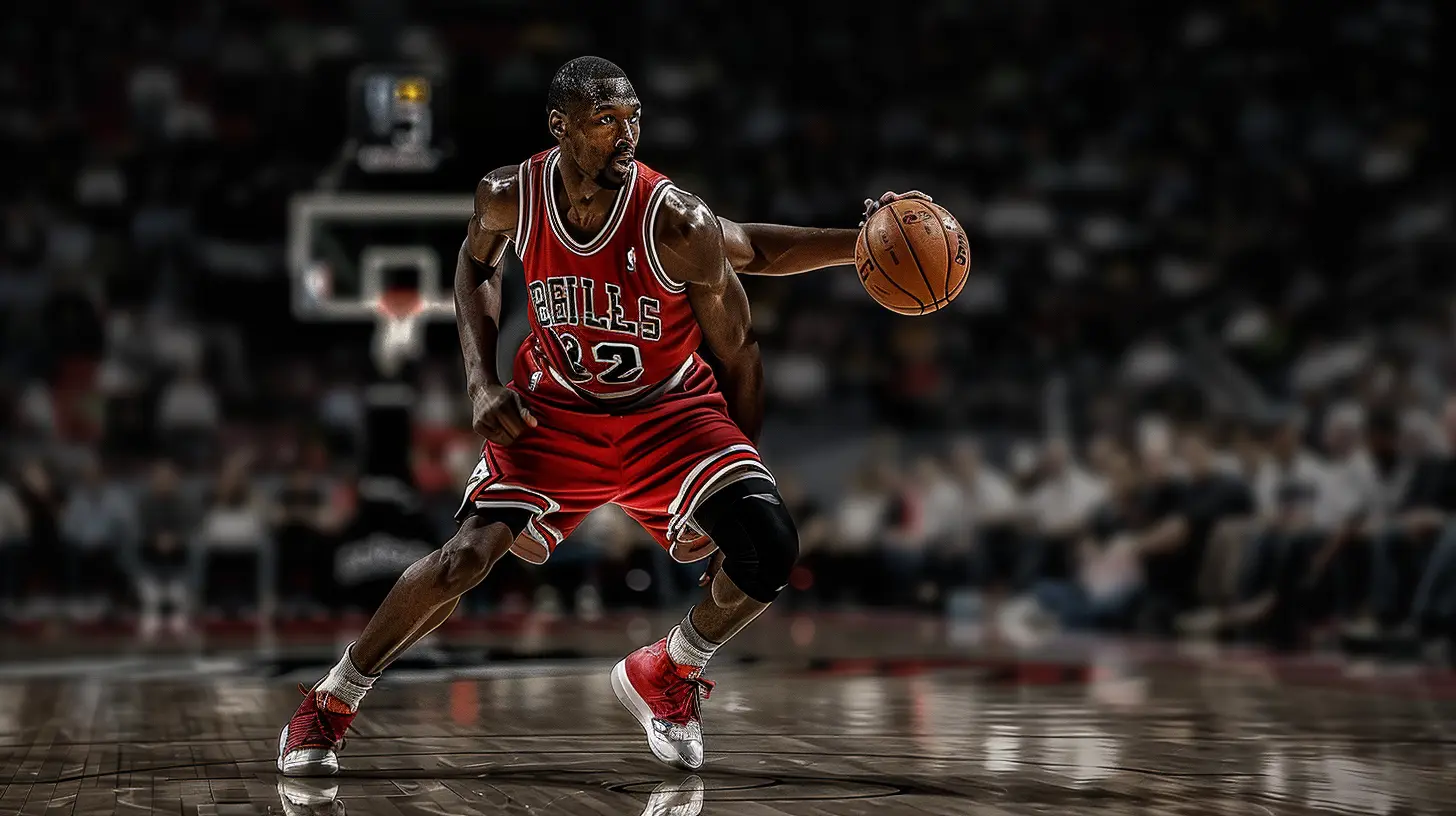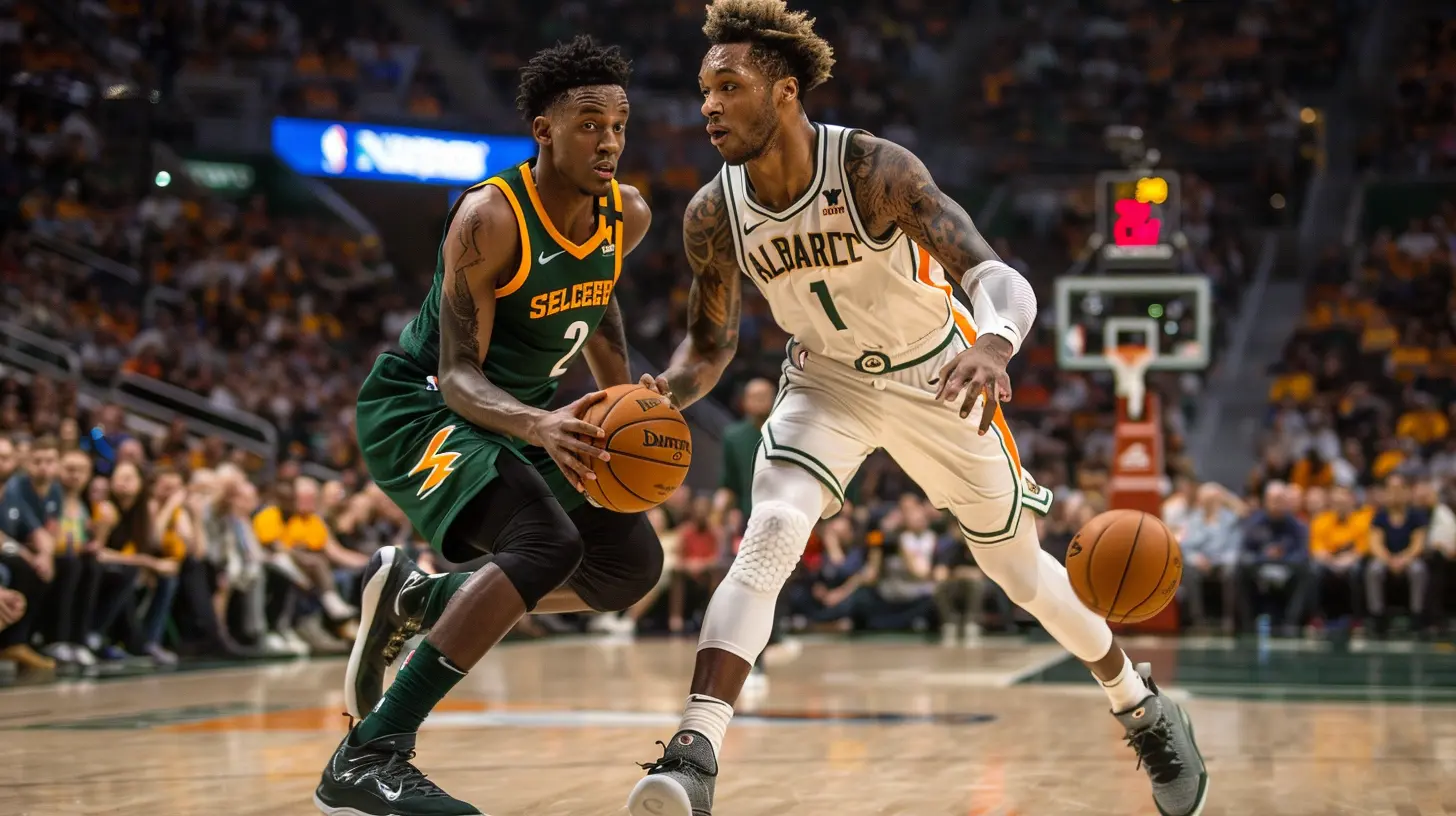The Importance of Footwork in Becoming a Great Defender
13 July 2025
Footwork. That one word packs a punch when we’re talking about defense in sports. Whether you're locking down a guard in basketball, marking a speedy winger in soccer, or staying in front of a crafty playmaker in hockey—your feet, not just your hands, do most of the heavy lifting. Ask any elite coach or athlete, and they’ll all say the same: if you can't move your feet, you can't defend.
So, let's get into why footwork is the secret sauce to becoming a truly great defender. We’re not just talking “stay low and shuffle.” Oh no. We’re deep-diving into the mechanics, the mindset, and the moves behind elite-level defense. Ready? Let’s lace up and break it down.
Why Footwork Is the Foundation of Defense
Defense Starts from the Ground Up
You’ve probably heard coaches yell, “Stay on your toes!” or “Move your feet!” There's a reason for that—it’s not just motivational noise. Your footwork dictates how fast you can react, how well you can mirror your opponent, and how effectively you can recover if you get beat. Without good footwork, you're just lunging with your hands, reaching flat-footed, and next thing you know... your opponent's blowing past you.Think of your feet like the steering wheel and engine of a sports car. If the steering’s slow or the engine’s weak, it doesn’t matter how flashy the car looks—it’s not winning any races. Same goes with defense. You need that quick, controlled foot movement to accelerate, stop, change direction, and maintain balance.
Control, Balance, and Agility
Great footwork isn't about dancing around like you're on "Dancing with the Stars." It's about having total control over every movement. That means staying balanced, centered, and efficient. When you're balanced, you’re harder to knock off your spot. You’re also faster on the reaction and more explosive when changing direction.Let’s say you're guarding someone in basketball. They jab step left—how fast you can react isn't just about speed… it’s about how well you're positioned, how low you are, and how well your feet respond. Good defenders don’t bite on fakes because their footwork lets them stay patient without losing their edge.
Footwork in Different Sports
Basketball
Basketball is a footwork masterclass. Watch elite defenders like Jrue Holiday, Kawhi Leonard, or Mikal Bridges. Notice how they slide—not hop—how they stay square to the ball handler, and how their first step is always loaded and ready, not reactive. Their angles are tight, and they rarely cross their feet, keeping them agile and balanced.One key? The shuffle step. Not sexy, but oh-so-effective. It allows defenders to stay locked in without overcommitting. Closeouts? That’s where a defender races toward a shooter, under control—fast feet, short choppy steps, hands up. It's all footwork, baby.
Soccer
In soccer, footwork is more subtle but just as critical. Defenders need to jockey opponents, angle them away from goal, and time their tackles to perfection. It’s about anticipation and lateral movement, not just brute force.Great soccer defenders like Virgil van Dijk or Thiago Silva seem like they're always in the right place at the right time. Magic? Nah. Footwork and positioning. They rarely lunge. Instead, they mirror the attacker, maintain a healthy distance, and use their feet to cut off passing lanes and force mistakes.
American Football
Defensive backs in football live and die by footwork. At the snap, their first few steps determine if they stay with the receiver or get dusted. Smooth backpedals, explosive breaks, and good hips all start with—yep, you guessed it—great footwork.Revis, Ramsey, and Sauce? Their elite coverage skills aren’t just athleticism. It’s the rhythm and efficiency of their footwork. It's about precision, not panic.
Key Components of Defensive Footwork
1. Stance and Base
Before you move, your stance sets the tone. A good defensive stance involves bent knees, a low center of gravity, weight on the balls of your feet, and hands ready to react. Your feet should be slightly wider than shoulder-width apart—this gives balance and mobility.Bad stance? You're toast. Too upright, and you’re off balance. Lean too far forward, and you’ll get crossed up or fall for every fake.
2. Lateral Movement
Laterally shuffling is the foundation of most defensive movements. It’s about staying square and not crossing your feet when you move side-to-side. Crossing your feet is like tying them together—you lose balance and speed.To be great defensively, you need to glide—not hop, not stomp—glide with purpose and control.
3. Recovery Steps
No one’s perfect. Even elite defenders get beat at times. That’s why recovery steps are critical. Good footwork allows you to pivot, backpedal, and sprint back into position seamlessly.Great defenders don’t panic when they’re momentarily out of position. Their footwork gives them the ability to recover—and fast.
4. Closeouts
Closing out to an opponent (especially a shooter) requires a unique footwork pattern. Short, choppy, balanced steps help you sprint under control, stop without sliding, and contest without fouling.Overrun it? You're getting blown by. Undercommit? They’ll shoot over you. The balance is in the feet.
5. Transitioning Direction
Defense is about reaction, but also anticipation. You need to be able to switch directions in a flash. A solid drop step or a quick shuffle transition helps defenders mirror tricky opponents, even those that change pace and direction constantly.
How to Improve Your Defensive Footwork
Drills That Build Elite Footwork
Want stronger defensive footwork? Here are a few battle-tested drills that defenders across sports use:Cone Shuffles
Set up cones in a zigzag pattern. Shuffle between them while staying low and balanced. Focus on quick transitions and staying square.Ladder Drills
Agility ladders are fantastic for foot speed. High knees, in-and-outs, lateral hops—all help build the kind of control you need.Mirror Drills
With a partner (or in front of a mirror), react and mirror their movements. This builds anticipation and the ability to stay in front of someone moving unpredictably.Reactive Direction Changes
Using visual or audio cues (coach claps or points), change directions rapidly. Helps train your body to react without overthinking.Strength and Mobility Work
Footwork isn’t just about repetition—it’s also about having the strength and flexibility to move efficiently. Don’t skip:- Hip mobility exercises (because tight hips kill lateral speed)
- Single-leg strength training (for balance and explosion)
- Core work (because your feet are only effective if your body’s stable)
Mindset: Mental Footwork Matters, Too
Here’s the part most people overlook—your head affects your feet.Great defenders anticipate. They read body language, study tendencies, and prepare ahead. That split-second head start comes from the brain... and flows straight to the feet.
Kawhi Leonard once said he watches how players dribble to know where they want to go. That’s footwork fueled by film study. The sharper your mind, the sharper your movements.
Common Mistakes That Ruin Defensive Footwork
Let’s be real—it’s easy to get lazy or hyped and fall into these footwork traps:- Standing flat-footed
- Crossing your feet
- Overreaching with hands
- Panic pivoting (turning your back)
- Being too upright or too low
Want to fix your defense? Clean up your feet.
Why Coaches Obsess Over Defensive Footwork
Ever wonder why defensive footwork is such a coaching obsession? Because it’s what separates effort from effectiveness.You can try hard and still get crossed over if your feet aren’t right. Footwork turns hustle into clamps. It turns "almost a stop" into a game-saving play. It's the bridge between IQ, athleticism, and execution.
Final Thoughts: Want to Be a Great Defender? Fix Your Feet
If you've made it this far, one thing is clear: footwork isn’t just a detail—it’s the whole deal. From basketball courts to soccer fields to football turf, great defenders all have one thing in common: world-class footwork.So next time you hit the gym or the field, pay attention to your feet. Practice the stance. Master the shuffle. Sharpen the closeout. And above all, stay disciplined. Because defense, as dirty and underappreciated as it sometimes feels, wins championships—and it starts from the ground up.
Want to level up your defense? Start at your feet and work your way up.
all images in this post were generated using AI tools
Category:
BasketballAuthor:

Easton Simmons
Discussion
rate this article
1 comments
Sorin McDowney
Great insights! Footwork truly is the foundation of solid defense—it's all about agility and positioning.
July 25, 2025 at 3:35 AM

Easton Simmons
Thank you! I’m glad you found the insights valuable. Footwork really is key to effective defense!


![Defining Greatness: What Sets [Player Name] Apart from Their Peers](/pictures/blog/small/defining-greatness-what-sets-player-name-apart-from-their-peers_3.webp)